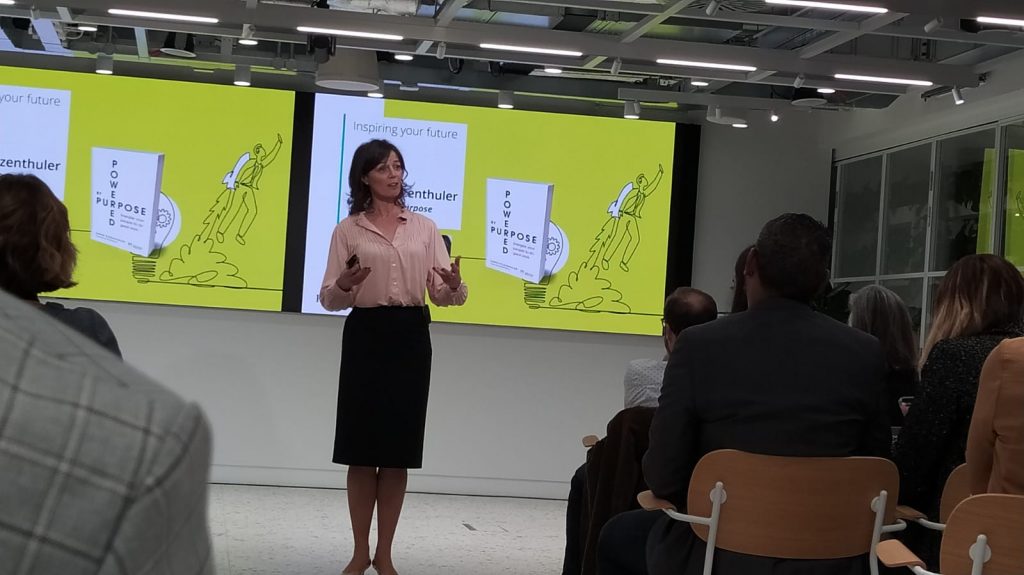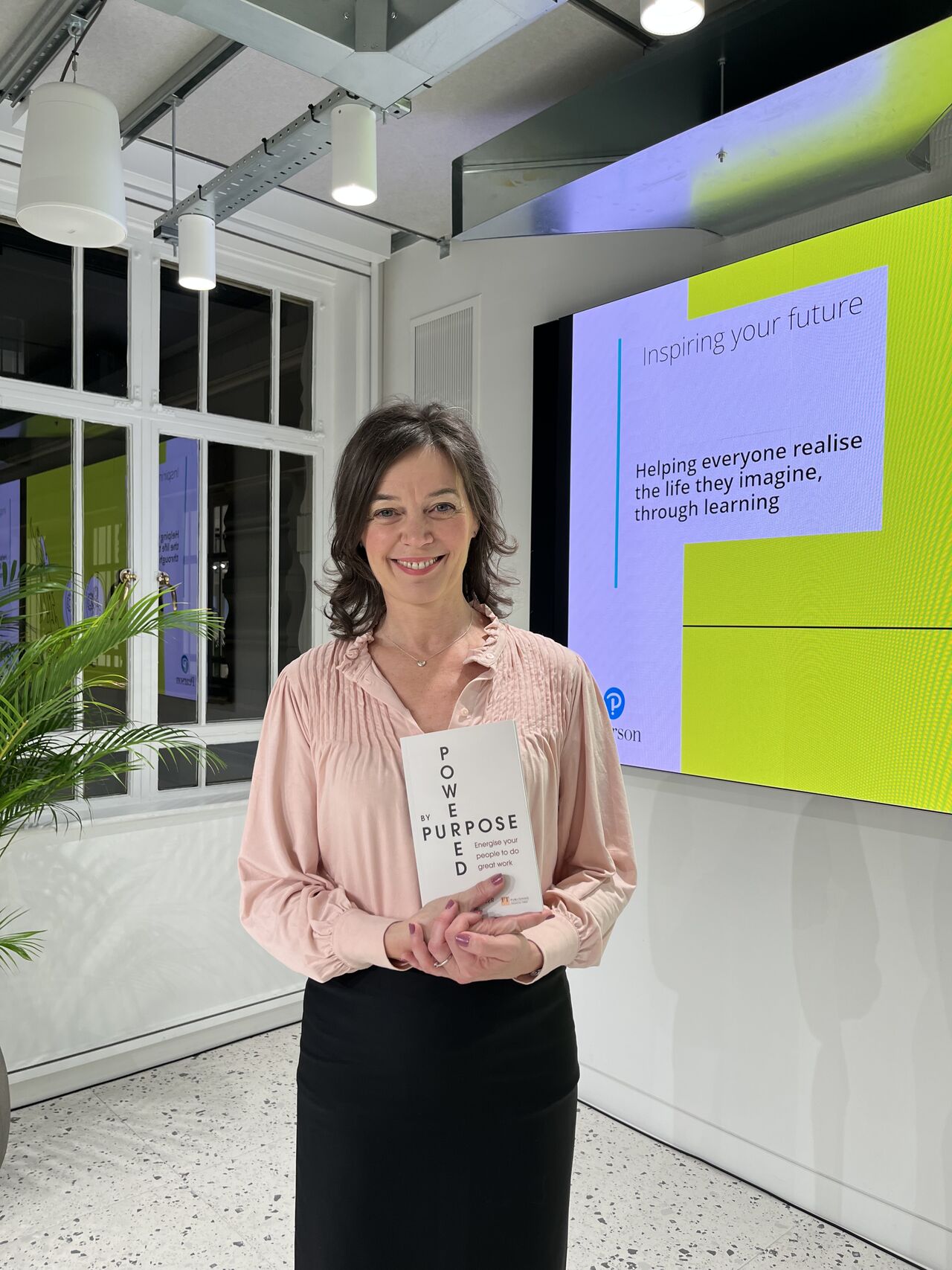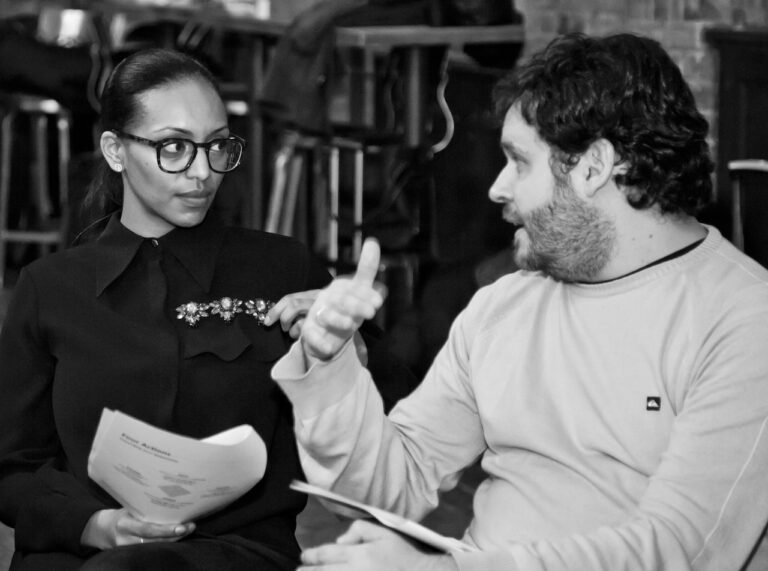Avoiding or botching difficult conversations bites into a business. One client I worked with came up with three types of meeting where good conversation wasn’t happening. All of these dysfunctional meetings cost a business as problems fester, decisions unravel and mistakes are made. Can you relate to any of the following?
- The dominated meeting. One or two strong personalities take up most of the airtime while others struggle to get a word in or stay silent. Some team members switch off and stop listening. Those who disagree make things personal, rather than being objective about what the other party is thinking or proposing.
- The off-topic meeting. Discussion is vague, repetitive and goes nowhere. People keep going off at a tangent or don’t take the meeting content seriously. There’s often no agenda or if there it, it’s ignored. People talk for too long or in too much detail. No one ‘owns’ the meeting. A wider perspective is missing. There’s a lack of agreement about what’s important so the meeting doesn’t move forward.
- The conflicted meeting. People disagree without respecting the other’s point of view, even in front of a client. Colleagues have side conversations during the meeting. The atmosphere is so tense that people type away on their laptop and don’t respond to calls for input. The meeting is so off-putting that team members turn up late or don’t turn up at all.
Are there other unproductive meeting types that I’ve missed? I’d love to know.
The power of listening
One of the most powerful ‘pivots’ you can make in a meeting is to deepen your listening. Whilst this might not put out every fire, it goes a huge way to calm the atmosphere so that people can talk and think together.
I had a powerful reminder about the difference that listening makes last week. I was in London at Pearson, my publishers, in their spacious office on The Strand to give a 20-minute talk about my book Powered by Purpose on how to make work feel more meaningful. I also got to listen to seven other authors of business books on the theme #inspiringyourfuture (watch this space for a video of my talk coming soon.)

One of my favourite speakers was Simon Horton, author of Change Your Mind, who shared his insights about how to persuade people even in entrenched conflicts. Simon teaches hostage negotiators and is a Visiting Lecturer at Imperial College and the Royal College of Art. His summary of the tried-and-tested skills that work stays with me:
“I listened them into it.”
I’ve been thinking about it ever since. Yesterday when I shared this statement with a client, for whom English was not their first language, they asked me,
“What does it mean?”
When I referred to the much more common phrase “I talked them into it” I was struck by how much more attention we give to producing speech than receiving. “He needs a good talking to”, “She’s a good talker”, “Can we talk?” are all phrases we’re familiar with. Rarely do we hear comments such as “He needs a good listening to”, “She’s a good listener”, “Can we listen to one another?” They even sound a little odd.
The point is that all good dialogue begins with good listening. Going back to Simon Horton’s talk, I discovered that the first three steps of his five-part ‘stairway model’ of persuasion, are the same as I teach when coaching teams. I have written in detail about the skills of active listening in other posts so I won’t repeat myself here but here’s a brief overview:

When teams are stuck or meetings are mired down, each of these skills builds a bridge to the other but the most under-utilised is ‘validating’. When we acknowledge that the other person’s model of the world/the business/next steps makes sense to them, we show them the respect that opens up a dialogue. We don’t have to agree with someone to understand them. Even when there’s a difference of opinion building a shared understanding is possible.
I’ll end with another conversation I had recently. An L&D Director of a large retail organisation with stores spread across the UK shared with me that they could trace all the leadership issues in their organisation back to a single sourse: the reluctance or inability to have difficult conversations. The upside is that by moving the needle even a miniscule amount makes a difference: decisions get made, meetings have some magic and teams deliver great results. Who wouldn’t want that?






